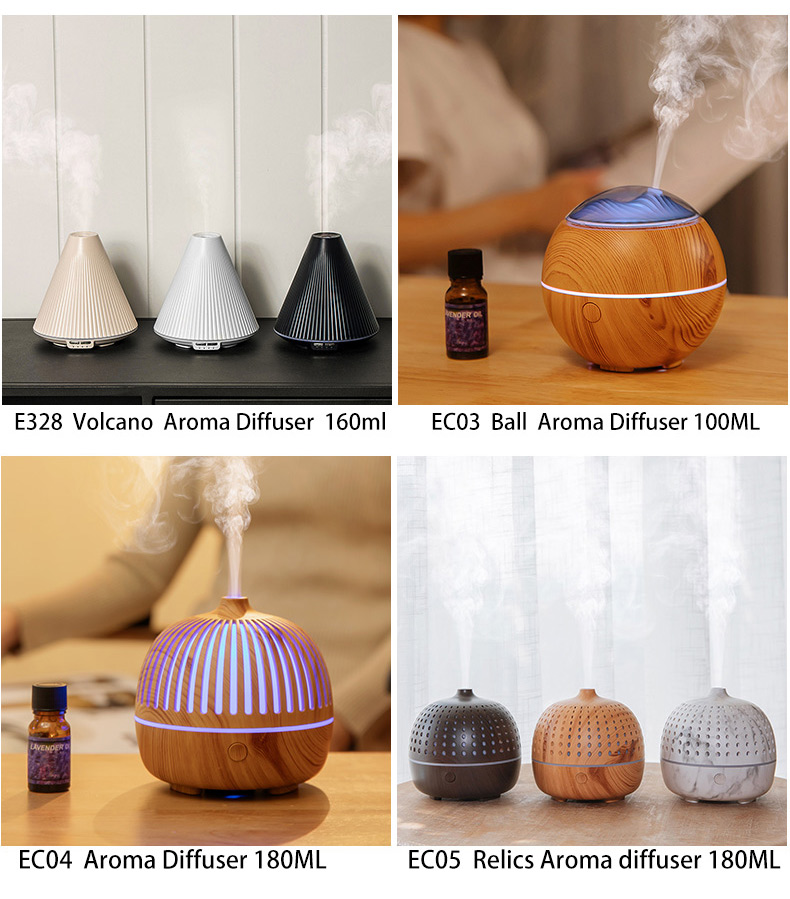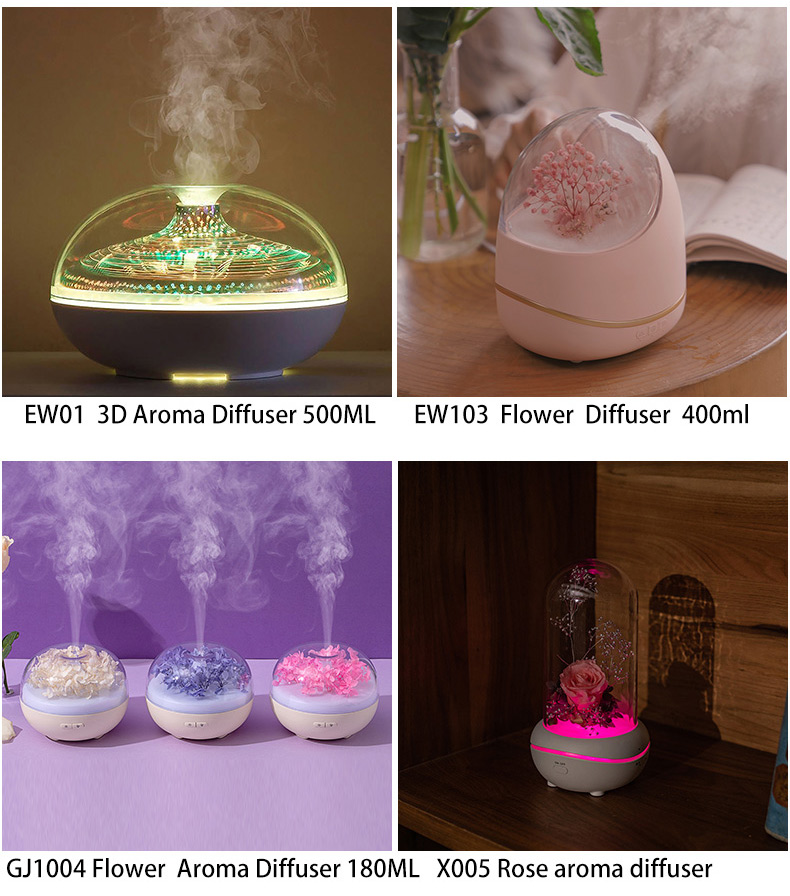Barium titanate and its industry development Barium titanate is a kind of ferroelectric compound material. It has high dielectric constant and low dielectric loss. It is one of the most widely used materials in electronic ceramics and is known as the pillar of the electronic ceramic industry. Barium titanate, also known as barium acid, is soluble in concentrated sulfuric acid, hydrochloric acid, and hydrofluoric acid. It is insoluble in dilute nitric acid, water, and alkali. Barium titanate is currently available in five shapes, namely: tetragonal, cubic, co-crystal, trigonal, and hexagonal. The longest is tetragonal. In the production of ferroelectric ceramics, the hexagonal phase is a phase that should be avoided. In fact, the hexagonal phase only appears when the firing temperature is too high. Barium titanate is the main raw material for many dielectric materials and piezoelectric materials such as ceramic capacitors and thermistors. In recent years, with the rapid development of the ceramic industry and electronic industry, the demand for BaTiO3 will continue to increase. The quality requirements are also getting higher and higher. Preparation of high-purity, ultra-fine powder materials is the main way to improve the performance of electronic ceramic materials. Therefore, the preparation of high-purity, uniform, ultra-fine and even nano-sized barium titanate has always been a research focus of scientists in various countries. Barium titanate is the basic parent material for electronic ceramic components and is called the pillar of electronic ceramics. Because of its good ferroelectricity, low voltage, pressure resistance and insulation properties, it is widely used in the manufacture of high-capacitance capacitors, multilayer substrates, various sensors, semiconductor materials, and high-sensitivity components. With the rapid development of electronic components in the direction of high integration, high precision, high reliability, versatility, and miniaturization, higher requirements have been placed on the preparation of barium titanate materials that meet the performance requirements. Preparation and research of nano-barium titanate has become a hot topic of research. The preparation of nano-antimony acid powders has always been a hot topic in the field of science and technology. Various preparation techniques have been greatly developed. With the increasing emphasis on barium titanate electronic ceramics, the size and uniformity of barium titanate powders have been increasing. The requirements for purity and the similarity of the final product chemical properties are also increasing. Therefore, it is necessary to further study the process mechanism of the synthesis of barium titanate powder, and to control the shape, particle size, performance and other technologies of the particles. The relationship between them is further explored; currently achieved results mostly remain in the laboratory and small-scale production stages, and the problems involved in large-scale production should be studied; the existing nano-barium titanate particle synthesis device needs improvement. In particular, it is necessary to develop high-yield, high-yield, high-quality, and low-cost industrial equipment. Based on the improvement of the preparation methods and the widening and deepening of research methods, as well as the close cooperation of materials science, physics, and chemical engineering, it is believed that nano-barium titanate will display a wide range of attractive prospects in the electronics industry and the ceramic industry. Preparation of nano-barium titanate Barium titanate is a classic ferroelectric and piezoelectric ceramic material. Because it has a dielectric constant, good ferroelectricity, piezoelectricity, voltage resistance, and insulation properties, it is mainly used for making high-capacitance capacitors, multilayer substrates, Various sensors, semiconductor materials, and sensitive components. With the rapid development of modern science and technology and the miniaturization and high integration of electronic components, it is necessary to prepare and synthesize high-quality barium titanate-based ceramic powders that meet the development requirements. Therefore, research on the preparation of high-purity, uniform, ultra-fine and even nano-sized barium titanate has always been a research focus of scientists in various countries. Based on the improvement of the preparation method and the widening and deepening of research methods, the preparation of nano-barium titanate has entered a new stage. Since the discovery of the ferroelectric properties of barium titanate in the 1940s , various countries have begun to study the synthesis and preparation of barium titanate. The liquid phase method is used to effectively control the microstructure and properties of the powder during the production of barium titanate. From the 80s onwards, the liquid phase method has gradually become a method widely considered by various countries and gradually developed into the three most important methods. : Precipitation method, sol - gel method, hydrothermal method. Precipitation method has the advantages of simple method, low material cost, low investment in equipment, addition of doping elements in production, and direct preparation of a certain kind of powder raw material, which is most suitable for the manufacture of ceramic components. Precipitation is a widely used method for the industrial production of barium titanate powder, and it is the first commercial production method. However, this method also has some drawbacks. For example, it is difficult to obtain nano-powders with very small particle size, the particles are easily agglomerated, and the particle size distribution is wide, and some post-treatment is required. The titanium dioxide is synthesized with small changes in the reaction conditions. Larger fluctuations and unstable product quality. The powder prepared by the hydrothermal method has the advantages of small particle size, uniform distribution and less agglomeration due to special reaction conditions, and the raw material can more easily obtain a product with a stoichiometric ratio and a complete crystal form; at the same time, the powder does not need high temperature. The calcination treatment avoids the growth of crystal grains, the formation of defects, and the introduction of magazines, and has a high sintering activity. However, these work or synthetic BaTiO3 is metastable cubic phase structure rather than tetragonal phase, can not meet the needs of the performance of electronic components; or water and heat required high temperature, long time, resulting in high equipment costs; or water Thermal synthesis requires the use of organic titanium as the raw material, resulting in high equipment costs, or the use of organic titanium as a raw material for hydrothermal synthesis, resulting in high production costs. These reasons have led to the inability to achieve large-scale production of hydrothermal synthesis of tetragonal BaTiO3 nanopowders. At the same time, the hydrothermal method has impurities in the powder, which also limits the application of this method. The sol - gel method uses distillation or recrystallization techniques to ensure the purity of the raw materials. No impurity particles are introduced during the process. The resulting powders are small in particle size, high in purity, and narrow in particle size distribution. However, the expensive raw materials, the toxicity of organic solvents, and the high-temperature heat treatment cause the powder to quickly agglomerate, and the reaction cycle is long, the process conditions are not easy to control, the yield is small, and it is difficult to enlarge and industrialize. . Barium titanate particle size test: The crystal structure and properties of barium titanate are closely related to the grain size. As the grain size decreases, its crystal structure, ferroelectricity, and phase transition temperature all exhibit some novel characteristics that are different from those of coarse-grained materials. With the research of nano-barium titanate ceramic sensitive elements. In particular temperature coefficient thermistors (PTC), multilayer ceramic capacitors (MLCCS). Thermoelectric elements, piezoelectric ceramics, sonar, infrared radiation detection, crystal ceramic capacitors, electro-optic display panels, memory materials, polymer matrix composites and Layers and so on. It is known that barium titanate particles having a high dielectric constant perovskite compound are widely used in multilayer capacitors. The tetragonal crystal barium titanate is used as a high-dielectric material in electronic components such as ceramic capacitors, positive thermistors, and high-frequency oscillators. For barium titanate particles used for a multilayer capacitor, there is a strong demand for particles free from aggregation, good dispersibility, and high crystallinity . For example, in the production of a multilayer capacitor with a low temperature dependency, barium titanate must be suppressed. Grain growth of raw material powder. In particular, in order to obtain a high-capacity capacitor, the barium titanate raw material powder must be tetragonal. In addition, in order to make the raw material powder a particle having excellent dispersibility, the barium titanate particles should have a spherical shape, and they are preferably as close as possible to a true sphere. On the other hand, in recent years, barium titanate has been used as one of the materials forming the internal electrode layers of a multilayer capacitor. Application of Laser Particle Size Analyzer in Determination of Barium Titanate Particle Size The Winner802 nanometer particle size analyzer was used in this test and the test range was 1-10000nm . The test sample has a smaller particle size of barium titanate, about several hundred nanometers. The sample is fine in particle size, has a large specific surface area, and tends to agglomerate between particles. It is necessary to fully disperse the barium titanate before the test. First take a small amount of sample into a beaker, add 3-5 drops of 50% sodium hexametaphosphate solution, fully wet the sample, add 20ml of water, sonicate for 2 , 5 , and 10 minutes, and then remove 5ml of sample into the sample cell. carry out testing. 3. The results of ultrasound for 5 minutes and ultrasound for 10 minutes did not change much, and the data was stable and reliable by adding 3-5 drops of sodium hexametaphosphate ultrasonic for 5 minutes. The test concentration should not be too high, and the general photon number is better at 20-30 . The test data is stable, and the repeatability error and standard deviation are small. The test results are as follows: What if the air is dry
(2) Reduce the frequency of washing your face with hot water, 1 ~ 2 times a day, and wash your face with less alkaline soap.
Scent diffuser machine, Scent machine diffuser, Scent diffuser machine aroma, Scent diffuser oil, Commercial scent diffuser Shenzhen Ewong Technology CO.LTD , https://www.ewongteches.com
Dryness in spring and autumn is unavoidable Dry skin, it is best to drink plenty of water, maintain the body's water supply, according to their skin characteristics properly wipe the moisturizing cream or mask. Green plants and air humidifiers can be placed indoors
In winter, with the decrease of temperature, the skin will become tight and dry due to the reduction of sweat gland and skin gland secretion and the loss of more water. Therefore, it is more important to carry out beauty and skin care in winter.
(1) skin oil cream should be applied to the exposed skin before going out, especially lip balm.




(3) massage the facial skin regularly to promote blood circulation and use 1~2 times a week.
(4) After washing your face, apply oil and skin care cosmetics. If there is a crack in the skin of hands and feet, you can apply some anti crack ointment.
(5) Drink more water, eat more fresh fruits and vegetables, and eat an appropriate amount of chicken, fish and meat to supplement water and nutrition in the body.
Winter skin cleaning tips
In the middle of winter, girls are facing great enemies and start "skin care mobilization" one after another. But the first step of skin care - cleaning is often ignored, at least not as much as in summer. In fact, in winter, the north is windy and dusty, and the air is dirty. Everyone uses oily skin cream one after another; The air in the south is cold and humid, and it is difficult for the skin to breathe freely. Therefore, we should pay more attention to skin cleaning in winter.
Proper skin cleaning methods can gently and effectively wash pores, help skin absorb the essence of skin care products, and achieve twice the result with half the effort.
Winter cleansing care tips:
In winter, it can clean the face and take comprehensive care at the same time, promote the metabolism of the skin slowed down due to the severe cold, and reduce the appearance of fine lines on the surface.
Wash your face before bathing in winter. Because the water temperature is often high when bathing in winter, cleansing with water at this temperature will lead to the aging of facial skin; At the same time, the hot steam in the bathroom opens the pores. If it is not cleaned in advance, it will be more difficult to clean the dust and dirt on the surface of facial skin into the pores.
The air in the north is dry in winter, so wash your face as much as possible in winter. Generally, you can wash your face once in the morning and once in the evening. Don't wash your face with overheated water, because too hot water will over decompose the skin's oil, make the skin dry and easy to wrinkle; And too cold water is difficult to clean the dirt and excess oil in the pores, so warm water cleansing is the right choice. After cleaning, tap cold water on the cotton cloth to shrink the pores. Pay special attention to moisturizing after cleansing to provide gentle and moisturizing care for the skin.